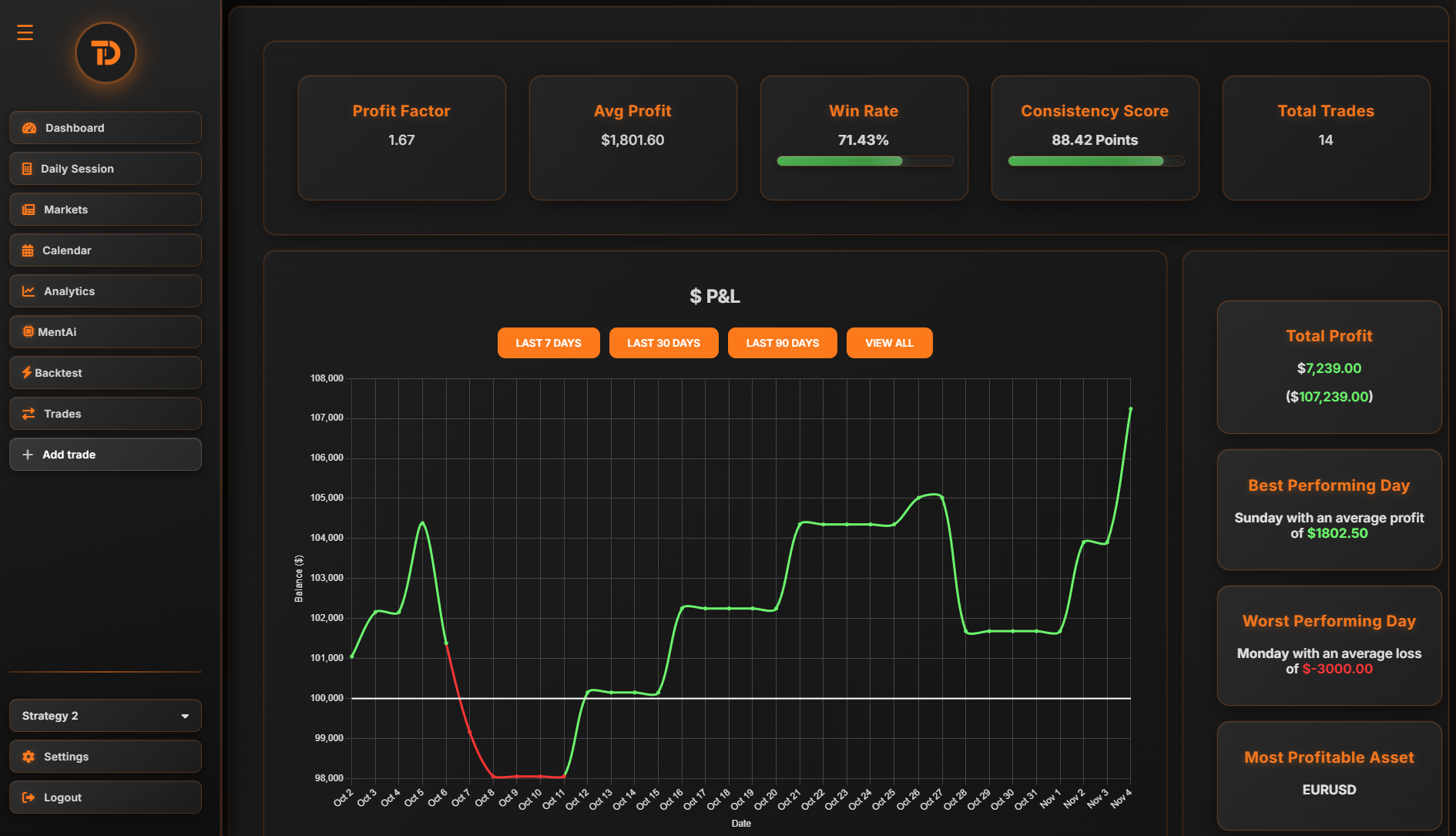Slippage occurs when the price at which your trade is executed differs from the price you expected or intended, usually as a result of high market volatility or low liquidity. This happens because prices can change rapidly between the time you place your order and when it is actually executed. In fast-moving markets, particularly during times of major news events or significant market shifts, slippage can become more frequent, leading to trades being filled at less favorable prices. While small amounts of slippage may be relatively insignificant, large slippage on big positions can result in unexpected losses that erode profits, potentially impacting your overall trading performance. It is especially important for traders who operate with tight margins or rely on precise entries and exits to be aware of the risk that slippage poses in volatile markets.
To mitigate the effects of slippage, some traders implement strategies such as avoiding trading during periods of high volatility, using limit orders rather than market orders to control the entry price, or breaking up large orders to reduce the impact on liquidity. Being mindful of the conditions that lead to slippage, such as thinly traded assets or market open/close times, can help you better manage its risks and minimize its effect on your trading outcomes.
. Why use a trading journal: A trading journal can be an invaluable tool for tracking the frequency and impact of slippage on your trades. By consistently recording instances of slippage, including the amount of slippage and the market conditions under which it occurred, you can gain insight into how often it affects your trading and how much it costs you over time. Analyzing this data allows you to spot patterns, such as whether slippage is more likely to happen during certain times of day, in specific markets, or when trading larger positions. If you notice that slippage is consistently eroding your profits, you can adjust your approach, such as opting to trade during less volatile periods, modifying your order types, or even reassessing the liquidity of the instruments you trade. By taking slippage into account and making strategic adjustments, you can reduce its impact on your trading and protect your profits over the long term.

